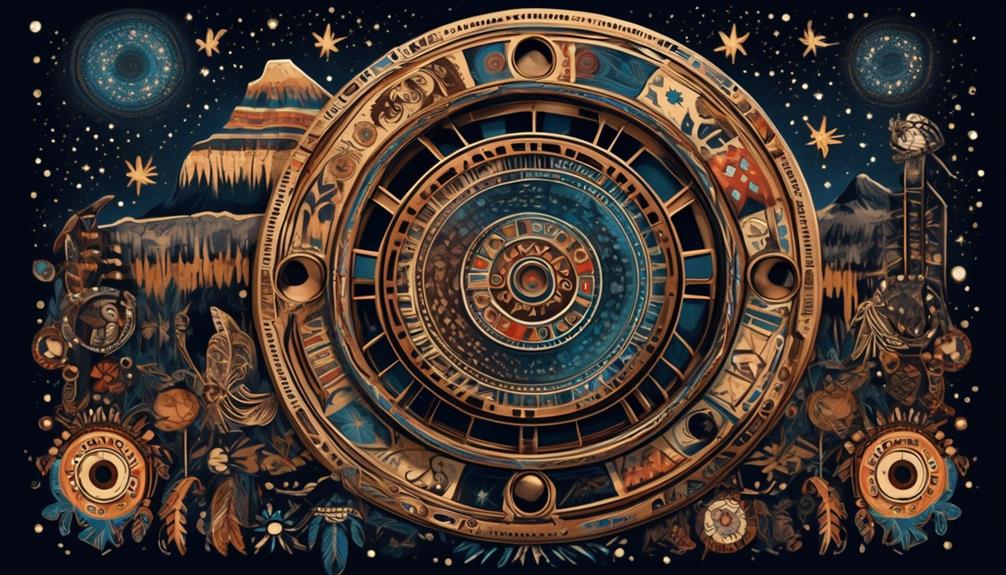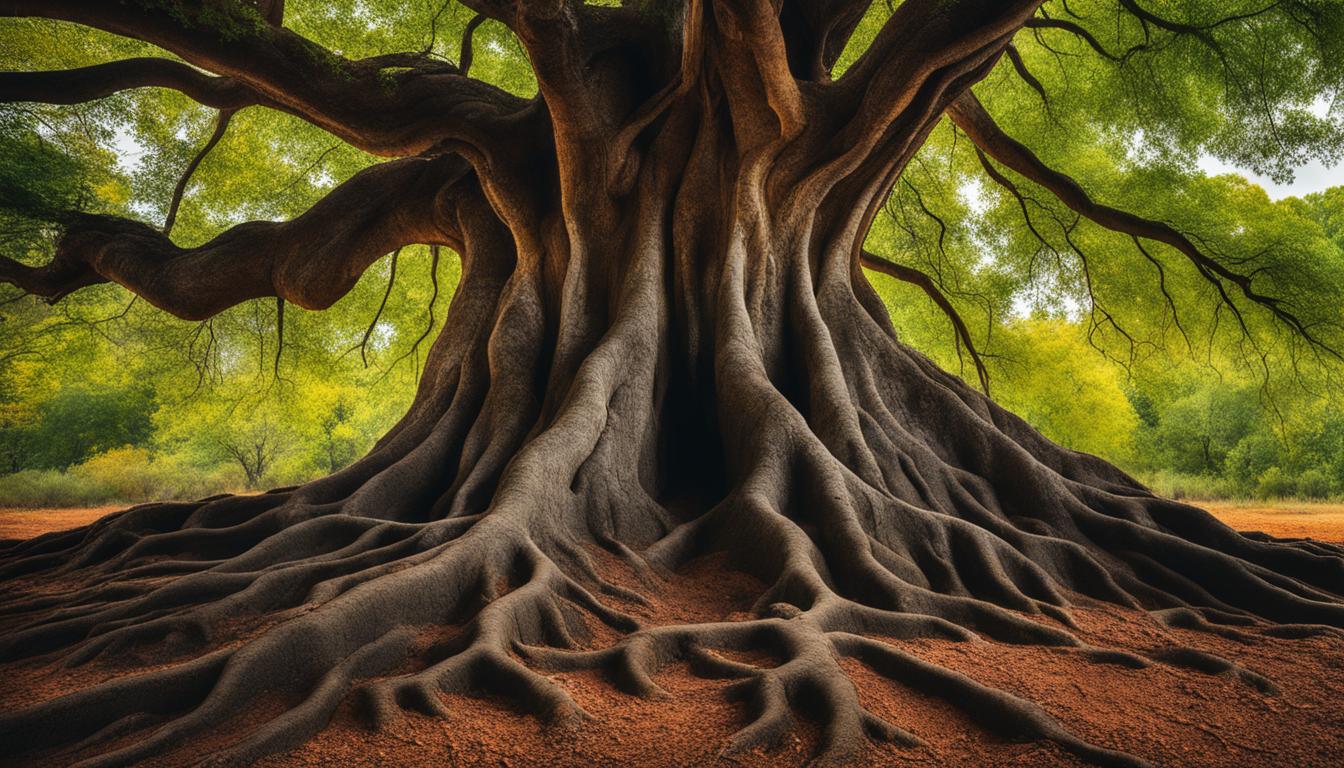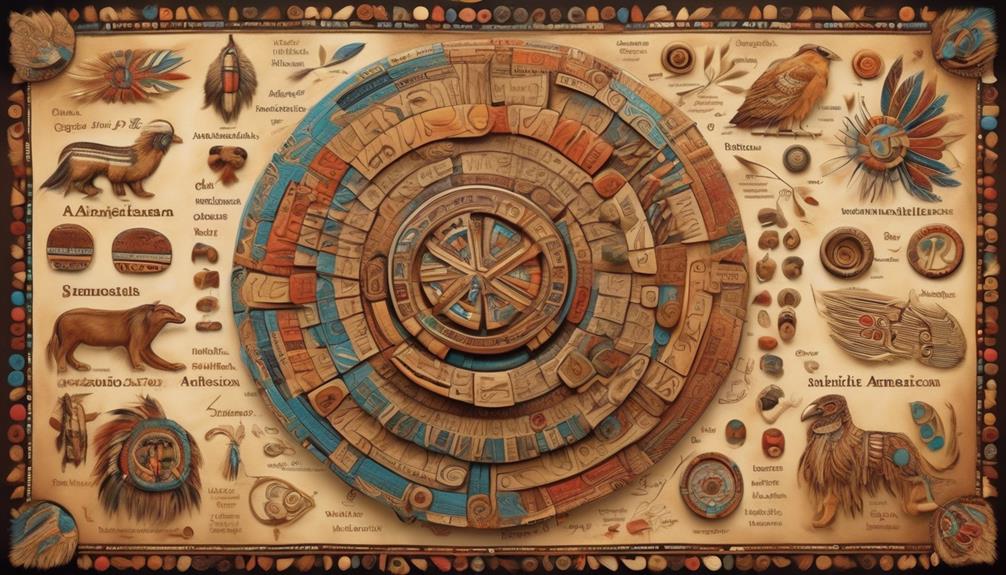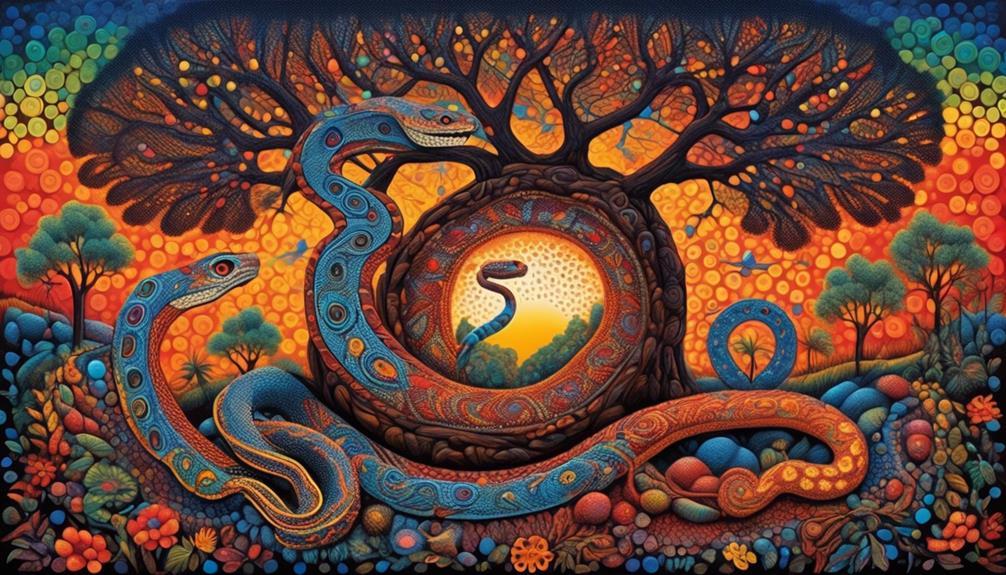When you are admiring the impressive and timeless beauty of Uluru, it is easy to be captivated by its vast magnificence. However, beyond its stunning appearance, Uluru holds significant cultural and spiritual significance for the Aboriginal people.
The ancient connection between the Anangu, the traditional owners of the land, and this iconic natural wonder is steeped in rich traditions, stories, and ceremonies that have been passed down through generations. The depths of this connection are as fascinating as they are complex, offering a glimpse into a world where the land, spirituality, and culture intertwine in ways that continue to resonate today.
Key Takeaways
- Uluru holds deep spiritual and historical significance for the Anangu people
- Dreamtime stories and legends explain the creation of the land and its features, emphasizing ancestral connections
- Various ceremonies and rituals at Uluru demonstrate the Anangu people's spiritual connection to the site
- Conservation efforts are crucial to preserving the cultural and spiritual importance of Uluru, integrating indigenous knowledge with modern sustainability initiatives.
Significance of Uluru in Aboriginal Culture
Uluru holds profound significance in Aboriginal culture, serving as a sacred site with deep spiritual and historical connections for the Anangu people. Its cultural significance is unparalleled, as it represents the living history of Indigenous beliefs and traditions.
The Anangu people believe that the land, including Uluru, was created by their ancestors during the Tjukurpa, or Dreamtime, a period when ancestral beings roamed the earth, shaping its features and laying down the laws of human behavior. This belief forms the foundation of their cultural identity and permeates every aspect of their lives.
The Indigenous beliefs surrounding Uluru are deeply rooted in the land's natural formations, such as caves, waterholes, and ancient rock art. These features aren't only a testament to the Anangu people's enduring connection to the land but also serve as repositories of their cultural heritage.
The spiritual significance of Uluru isn't only confined to its physical presence but extends to the stories, rituals, and ceremonies that have been passed down through generations. Understanding the cultural significance of Uluru is essential in appreciating the rich tapestry of Indigenous beliefs and their enduring legacy.
Traditional Stories and Dreamtime Legends

Embedded within the natural formations of the land, traditional stories and Dreamtime legends intricately weave the cultural fabric of the Anangu people, preserving their ancestral heritage and spiritual connections. Dreamtime stories are the oral traditions that convey the beliefs and values of the Anangu, passed down through generations. These stories explain the creation of the land, its features, and the spiritual beings that inhabit it. They provide a rich tapestry of knowledge about the interconnectedness of the natural world and the Anangu people, fostering a deep respect for the land.
Ancestral connections are central to the Dreamtime stories, linking the Anangu people to their land in a profound and spiritual way. The stories serve as a guide for living in harmony with the environment and carrying on the traditions of their ancestors. They aren't just myths or legends but hold a significance that transcends time, offering a timeless wisdom that continues to shape the cultural identity of the Anangu.
Understanding these Dreamtime stories and ancestral connections provides insight into the deeply rooted spiritual and cultural significance of Uluru for the Anangu people, enriching the appreciation for their enduring legacy.
Spiritual Practices and Ceremonies at Uluru
Immersing oneself in the spiritual practices and ceremonies at Uluru provides a profound insight into the cultural traditions and profound reverence held by the Anangu people for this sacred site. The Anangu people have safeguarded Uluru for generations, and their spiritual connection to this land is demonstrated through various cultural rituals and ceremonies. These rituals are deeply intertwined with the natural features of Uluru, forming a spiritual tapestry that reflects the Anangu's profound respect for the land and its significance in their beliefs.
Visiting Uluru during these ceremonies allows you to witness timeless traditions that have been passed down through generations. The rhythmic sounds of clap sticks, the haunting echoes of traditional songs, and the mesmerizing movements of dance all serve as a testament to the enduring spiritual practices that continue to thrive at this sacred site. By participating in or observing these ceremonies, visitors gain a deeper understanding of the Anangu's spiritual connection to Uluru and the significance of sacred sites in their culture.
The spiritual practices and ceremonies at Uluru offer a unique opportunity to witness living traditions and gain a profound respect for the cultural rituals that have sustained the Anangu people for millennia.
Conservation and Preservation Efforts
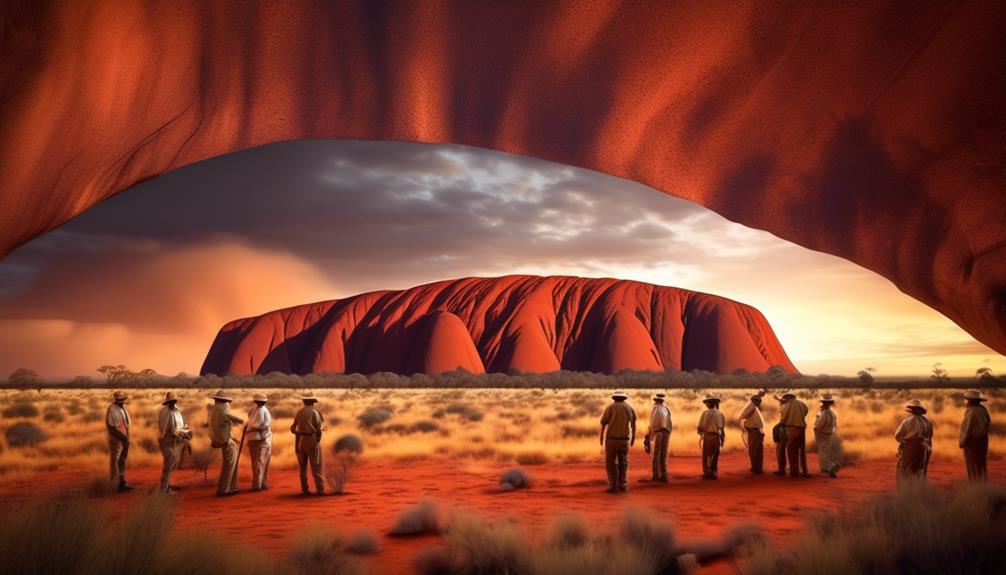
Nurturing the natural environment around Uluru through dedicated conservation and preservation efforts is essential to safeguarding the cultural and spiritual significance of this sacred site for future generations. The Anangu people, traditional owners of Uluru-Kata Tjuta National Park, have been at the forefront of conservation efforts, integrating indigenous knowledge with modern sustainability initiatives. This harmonious approach ensures that the land and its stories are preserved for the benefit of all.
| Conservation Efforts | Preservation Initiatives |
|---|---|
| Controlled burns to maintain biodiversity | Heritage walks to educate visitors about the significance of the site |
| Collaborative research with scientists | Restoration of traditional rock art sites |
| Sustainable tourism practices | Protection of sacred waterholes |
The collaborative efforts between the Anangu people, park management, and environmental organizations have resulted in a sustainable balance between conservation and tourism. By embracing both traditional and contemporary conservation methods, the Anangu are setting an example for the world in preserving cultural and natural heritage. It is through these efforts that Uluru continues to stand as a symbol of cultural richness and environmental sustainability.
Contemporary Aboriginal Perspectives on Uluru
From the contemporary Aboriginal perspective, Uluru serves as a living testament to the enduring connection between the Anangu people and their ancestral lands. This iconic monolith holds deep spiritual significance, embodying the stories and laws of the land. Today, the Anangu continue to maintain their cultural connection to Uluru, while also navigating the complexities of contemporary society.
Their perspectives on Uluru encompass a range of considerations, including:
- Connection: Uluru stands as a symbol of the ongoing relationship between the Anangu and their traditional lands. It represents a profound spiritual connection that transcends time and continues to be central to their identity and cultural practices.
- Tourism: The Anangu carefully manage tourism at Uluru, seeking to balance economic opportunities with the need to protect their sacred site. They strive to educate visitors about the significance of the land while also ensuring that their cultural ownership and authority are respected.
- Contemporary Ownership: In the modern context, the Anangu assert their ownership and custodianship of Uluru, emphasizing the importance of self-determination and cultural autonomy in managing this revered site.
Through these perspectives, the Anangu seek to uphold their traditions and protect the sanctity of Uluru while engaging with the contemporary world.
Frequently Asked Questions
How Does Uluru's Significance in Aboriginal Culture Compare to Its Significance in Contemporary Society?
In contemporary society, Uluru's significance has evolved from purely cultural to also being recognized for its natural and conservation value.
The comparison between its significance in Aboriginal culture and contemporary society lies in the cultural evolution and conservation efforts.
While it remains a sacred site for Indigenous people, it has also become a symbol of national pride and a focus of conservation efforts, highlighting its dual importance in both cultural and contemporary contexts.
Are There Any Lesser-Known Traditional Stories or Dreamtime Legends Associated With Uluru?
Are there any lesser-known traditional stories or dreamtime legends associated with Uluru?
Traditional stories and Dreamtime legends play a crucial role in Aboriginal perspectives, enriching the cultural significance of Uluru. They offer a deeper understanding of the land, its formation, and the spiritual connections to ancestors.
These narratives provide a unique insight into the rich tapestry of Aboriginal traditions and beliefs, enhancing the cultural significance of Uluru beyond its physical presence.
What Specific Spiritual Practices and Ceremonies Are Conducted at Uluru and How Do They Differ From Those at Other Sacred Sites?
Spiritual practices at Uluru hold deep cultural significance for the Aboriginal people.
Ceremonies there differ from those at other sacred sites due to the unique landscape and stories associated with the rock formation.
The conservation challenges facing the area have prompted a renewed focus on preserving traditional practices and protecting the spiritual significance of the site.
These efforts aim to maintain the integrity of the ceremonies and the deep connections to the land.
What Challenges Do Conservation and Preservation Efforts Face in Relation to Uluru, and How Are These Being Addressed?
Conservation and preservation efforts at Uluru face challenges due to increased visitor numbers and environmental impact. Efforts to address these challenges include implementing sustainable tourism practices, limiting access to sensitive areas, and educating visitors on the cultural significance of the site. Despite these efforts, balancing preservation with tourism remains a complex task.
As of 2019, the number of visitors to Uluru had increased by 20% in the previous five years, highlighting the ongoing challenges.
How Do Contemporary Aboriginal Perspectives on Uluru Differ From Those of Previous Generations, and What Impact Does This Have on Its Cultural Significance?
Contemporary perspectives on Uluru among Aboriginal communities have evolved, reflecting cultural evolution. This shift from previous generations impacts the cultural significance of Uluru, as it highlights the dynamic nature of Aboriginal traditions and beliefs.
The changing views bring new layers of understanding and appreciation for the sacred site, contributing to its ongoing significance in Aboriginal culture. This evolution showcases the resilience and adaptability of Aboriginal perspectives on Uluru.
Conclusion
As you stand before Uluru, you can feel the weight of centuries of Aboriginal culture and connection.
The rock stands tall and proud, a symbol of strength and endurance, much like the Aboriginal people who've cherished and revered it for generations.
The stories and ceremonies that surround Uluru are a testament to the enduring spirit of the Aboriginal people, and their deep connection to the land.
It's a sacred place that continues to hold significance and meaning for them today.

